- The Battleship Potemkin (1925)
- October: Ten Days That Shook the World (1928)
- The Extraordinary Adventures of Mr. West in the Land of the Bolsheviks (1924)
- The End of St. Petersburg (1927)
- The Fall of the Romanov Dynasty (1927)
- Lenin in October (1937)
- Chapaev (1934)
- The Return of Maxim (1937)
- The Vyborg Side (1939)
- The Sixth of July (1968)
This curated selection of Soviet films delves into the tumultuous era of the Russian Revolution, offering viewers a cinematic journey through one of the most significant periods in history. These films not only provide a window into the past but also reflect the ideological, cultural, and artistic expressions of the time, making them invaluable for both cinephiles and history enthusiasts.
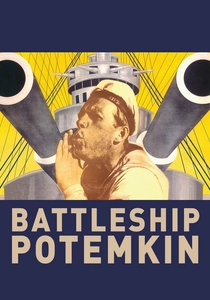
The Battleship Potemkin (1925)
Description: Although not directly about the Revolution, this film by Eisenstein depicts the 1905 mutiny on the battleship Potemkin, which was a precursor to the revolutionary events.
Fact: The famous "Odessa Steps" sequence has been widely acclaimed and often imitated in cinema.
 Watch Now
Watch Now
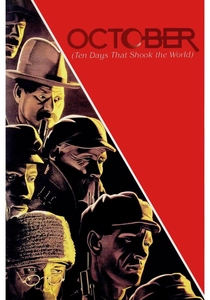
October: Ten Days That Shook the World (1928)
Description: Directed by Sergei Eisenstein, this silent film is a dramatic reconstruction of the October Revolution, focusing on the events leading up to the storming of the Winter Palace.
Fact: The film was originally intended to be part of a trilogy, but only two parts were completed. It was also heavily censored and edited by Soviet authorities.
 Watch Now
Watch Now
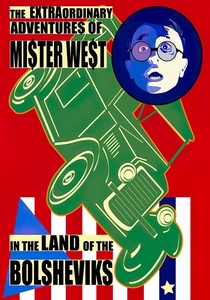
The Extraordinary Adventures of Mr. West in the Land of the Bolsheviks (1924)
Description: A satirical comedy that portrays an American businessman's misadventures in Soviet Russia, reflecting on the early days of the Soviet state.
Fact: It was one of the first Soviet films to be shown in the United States, offering a comedic take on the new regime.
 30 Days Free
30 Days Free
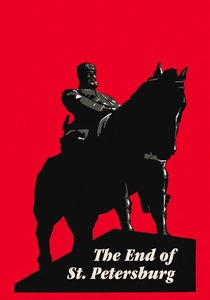
The End of St. Petersburg (1927)
Description: This film by Vsevolod Pudovkin portrays the transformation of a peasant into a revolutionary during the events of World War I and the Revolution.
Fact: The film was made to celebrate the 10th anniversary of the October Revolution and uses innovative montage techniques to convey its message.
 30 Days Free
30 Days Free
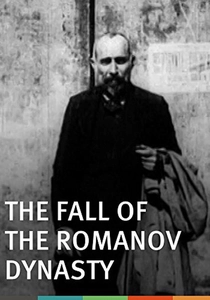
The Fall of the Romanov Dynasty (1927)
Description: A documentary-style film that uses archival footage to depict the decline of the Romanov family and the rise of revolutionary sentiment in Russia.
Fact: It was one of the earliest uses of montage in documentary filmmaking, influencing future documentary techniques.
 30 Days Free
30 Days Free
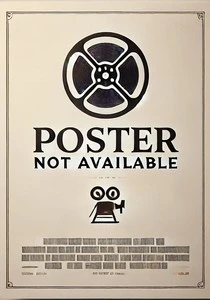
Lenin in October (1937)
Description: This biographical film focuses on Lenin's role in the October Revolution, highlighting his leadership and the political maneuvers that led to the Bolshevik victory.
Fact: The film was one of the first Soviet films to be widely distributed internationally, showcasing the Soviet perspective on the Revolution.
 30 Days Free
30 Days Free

Chapaev (1934)
Description: This film tells the story of Vasily Chapaev, a legendary Red Army commander during the Russian Civil War, which followed the Revolution.
Fact: The film was so popular that "Chapaev" became a slang term in Russian for someone who is brave or heroic.
 30 Days Free
30 Days Free

The Return of Maxim (1937)
Description: Part of a trilogy, this film follows Maxim, a worker turned revolutionary, through the events leading up to the October Revolution.
Fact: The trilogy was intended to educate the masses about the Revolution, with each film focusing on different aspects of the revolutionary struggle.
 30 Days Free
30 Days Free

The Vyborg Side (1939)
Description: This film captures the life of workers in the Vyborg District of Leningrad, showing their involvement in the revolutionary movement.
Fact: It was directed by Grigori Kozintsev and Leonid Trauberg, who were known for their contributions to Soviet cinema.
 30 Days Free
30 Days Free

The Sixth of July (1968)
Description: A film that dramatizes the July Days, an episode of the Russian Revolution where Bolsheviks attempted an armed uprising against the Provisional Government.
Fact: The film was part of a series of historical films made during the Soviet era to commemorate revolutionary events.
 30 Days Free
30 Days Free









